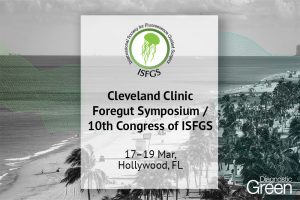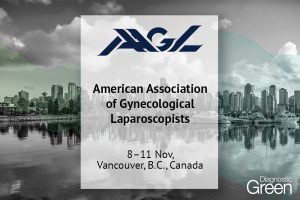Introduction: In hepatobiliary surgery, intra-operative indocyanine green (ICG) fluorescence imaging use started in the late 2000s with Japanese surgical teams and is now gaining popularity among surgeons all over the world to improve accuracy and safety of surgical procedures. However, even if ICG fluorescence has been shown to be a safe imaging modality, only a few clinical efficacity studies have been performed and no guidance has been established. This narrative review aims at assessing the potential applications of ICG fluorescence imaging in hepatobiliary surgery.
Methods: We screened the available international literature to identify the most used applications of ICG fluorescence imaging in hepatobiliary surgery. Results: Three main fields were identified: biliary duct visualization, hepatic segments’ delimitation, and liver tumor detection. Comments, application protocols, prospects, and limitations of each technique were described.
Discussion: These results could guide hepatobiliary surgeons in their use of ICG fluorescence imaging; nevertheless, further prospective studies are needed to assess the sensitivity and specificity of this modality.




